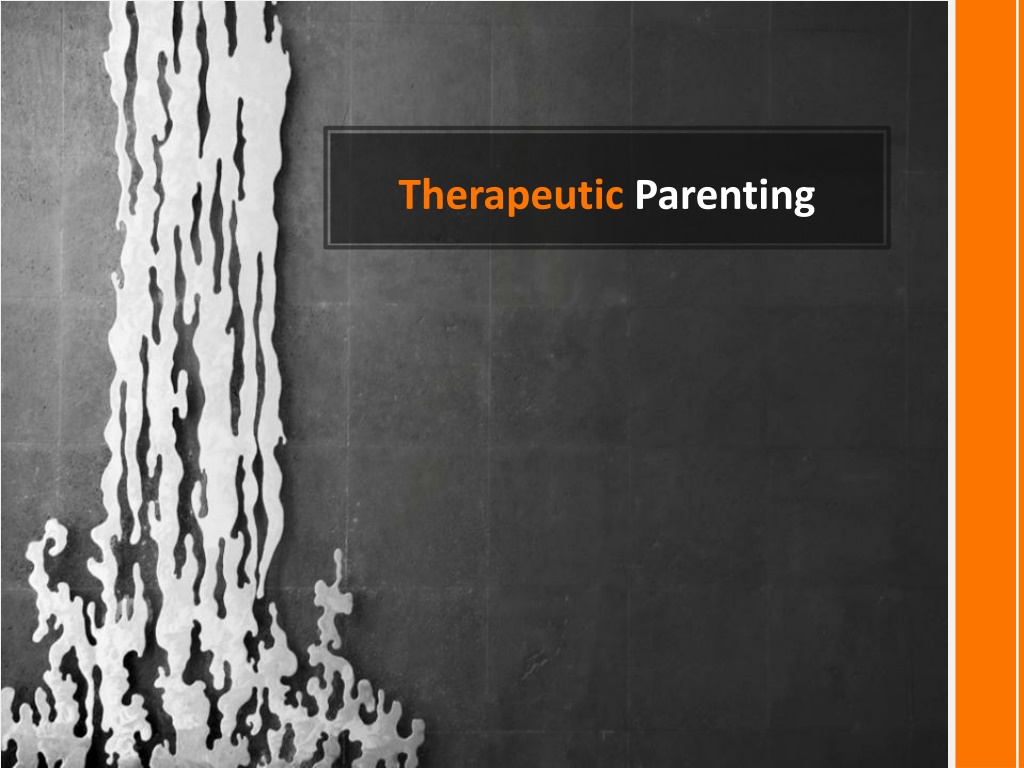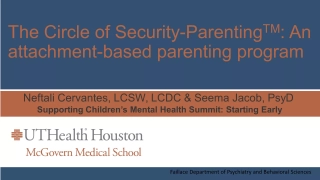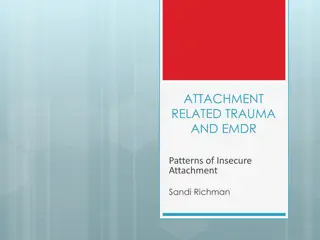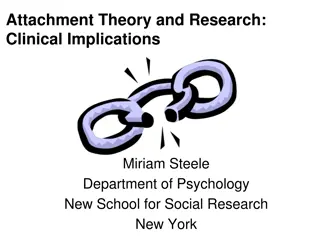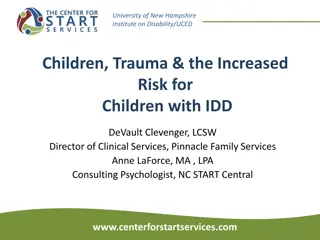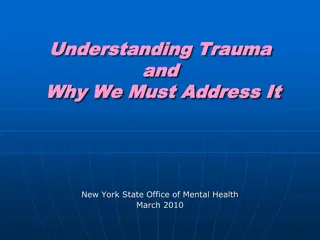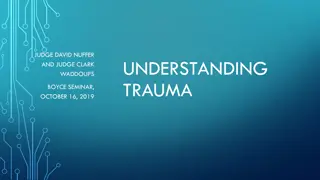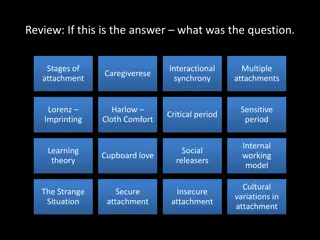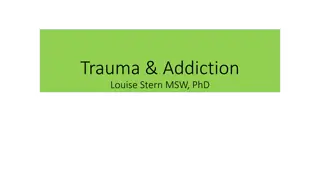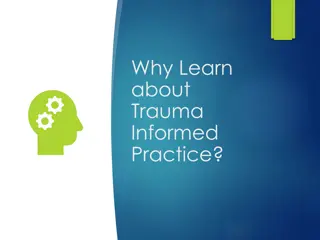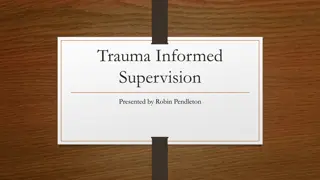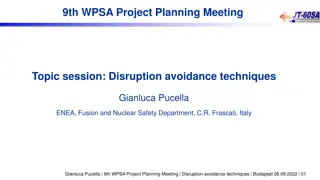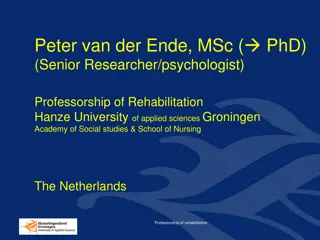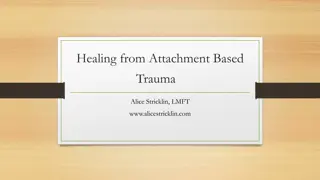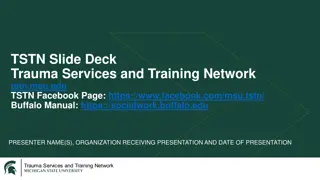Understanding Therapeutic Parenting for Children with Trauma and Attachment Disruption
Therapeutic parenting is a child-centered approach tailored to address the complex emotional and behavioral needs of kinship, adopted, or permanent care children who have experienced attachment disruption and trauma. It focuses on nurturing, empathy, and building trust while refraining from conventional behavior management techniques. By prioritizing the child's needs and promoting open communication, this approach aims to restore safety, security, and emotional well-being in children who have suffered early trauma.
Download Presentation

Please find below an Image/Link to download the presentation.
The content on the website is provided AS IS for your information and personal use only. It may not be sold, licensed, or shared on other websites without obtaining consent from the author. Download presentation by click this link. If you encounter any issues during the download, it is possible that the publisher has removed the file from their server.
E N D
Presentation Transcript
WHAT IS THERAPEUTIC PARENTING? A parenting response to trauma and attachment disruption that drives the parenting response Not a common sense approach to behaviour management A child centred approach (vs fixing)
Kindship/Adopted or Permanent Care Children Experience Attachment disruption Compounding trauma Loss of country, culture or parents Resulting in complex emotional and behavioural needs
Outcome of early trauma on sense of safety IMPACT: Isolation Trust Disassociation - - Depression Anxiety Hyper-Arousal ADHD Defiance
TRUST DEPRIVATION DISENFRANCHISED GRIEF PERVASIVE SHAME IDENTITY REGULATION
Behaviour Model Good Behaviour Bad Behaviour Rely on Control and Consequences INEFFECTIVE PARENTING Increases shame Decreases loveability Promotes conditional acceptance =
Focus Focus on addressing the child s needs Behaviour = Communication Chop off the limbs or Get to the roots
HOW TO OF THERAPEUTIC PARENTING Routines/structure: guide and comfort/safety. No surprises. Nurture: with body language, voice tone and eye contact. Explore rather than chastise to reduce fear and achieve self regulation. Empathy! Time-in. Joy and playfulness. Curiosity. Name their need. Accept the child. Allow natural consequences linking cause and effect. Take care of self: purposeful parenting requires lots from you. Always appear as the Queen! Repair relationships fast.
Normalise, Restore and Reflect oneself and ones child
Parenting Plus Snapshot Parenting Plus Cards Parenting from PLACE
Benefits: open communication conflict resolution Increase in shared interests and values stronger relationships Cortisol in flight or flight: turn the alarm clock off!
References National Association of Therapeutic Parents Sarah Naish - The A to Z of Therapeutic Parenting Strategies and Solutions Sarah Naish Therapeutic Parenting Video Sarah Naish - Therapeutic Parenting Sarah Naish Training Sarah Naish - Therapeutic Parenting Training Programs Centre for Excellence in Therapeutic Care - CFETC - Practice Tool - Meaning behind Behaviour Centre for Excellence - Relationship based care CFETC - Relationship Based Care Australian Childhood Foundation ACP Therapeutic Parenting Dan Hughes PACE Dan Hughes - PACE The Connected Parent Dr Karyn Purvis The Connect Child Dr Karyn Purvis
ROLE PLAY Your teenage daughter just received an invitation to a party. She asks to go and wants to get an Uber home. You say No you aren t ready for that yet . She yells back That s unfair all my friends are allowed to do it You say And are all your friends so disrespectful too? On second thoughts, you wont be allowed to go the party at all until you can learn to be respectful What do you think your child is feeling now? What would be a better way to respond using the PACE model?
